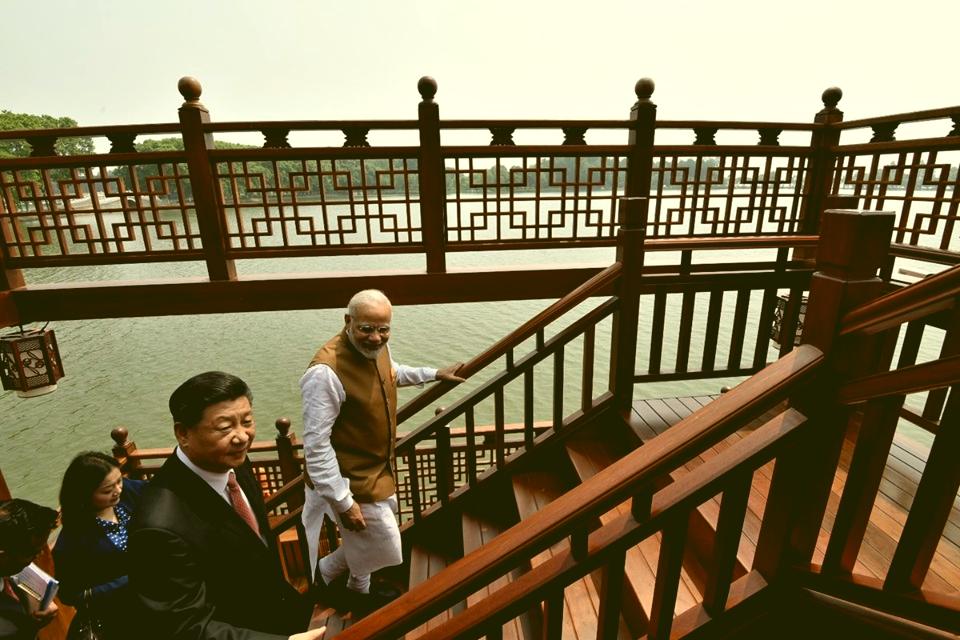In reply to China’s infrastructure diplomacy in our neighboring countries India is doing energy diplomacy. Infrastructure building has been major plan of Xi jinping’s Foreign policy. China is building military and commercial infrastructure throughout the world.
China has major infrastructure plans in our neighboring countries like Pakistan, Sri Lanka and Bangladesh. In Pakistan, through its China Pakistan Economic Corridor (CPEC) project, China is building roads and port throughout the country. The value of CPEC projects is around $62 billion. In Bangladesh, China developed and modernised the Port of Chittagong. This will give it free access to the Bay of Bengal, which is strategically very important for India’s naval security. In Bay of Bengal, China also has presence through Myanmar’s Kyaukpyu port. Through these ports China wants to counter India’s strong presence in the Bay of Bengal. Sri Lanka, which enjoys warm relationship with India, has allowed a Chinese company to develop Port of Hambantota. This port will be used by both China and Sri Lanka.
China has enormous amount of foreign reserves (Approx 3 trillion US dollars, to give an idea this is more than Indian GDP for the year of 2017-18). With this massive amount of foreign reserve, it rigs the value of US dollar according to its own needs. US president Trump in his presidential camping raised this issue many times but he has not been able to do much to counter this.
China is using this money to build infrastructure around the world. Through its “One Belt One Road (OBOR) initiative, it is trying connect Europe, Asia and Northern Africa through its infrastructure projects. Their ambitions are not limited to just connecting the world. Once they complete these projects they will use it commercially as well as militarily. China is using its foreign reserves not just to build infrastructure, but also to undermine the United States.
India, however, is countering this through energy diplomacy. India framed the agreement to build a LNG terminal near Colombo in collaboration with Japan. Sri Lanka is dependent liquid fuels for its energy requirements. This LNG terminal will help Sri Lanka to move towards clean energy. India is also helping Bangladesh in it energy requirements. Foreign Secretary Vijay Gokhle on his recent trip to Bangladesh signed an agreement to build a petro products pipeline from Siliguri to Bangladesh. This will help India to supply diesel from its Siliguri based refinery.
India enjoys cordial relationship with Nepal since long time but recently due to the Communist Party’s presence in the government it has been slipping out of India’s hand. Through its energy projects, India is once again tightening its grip on Nepal. India is looking to supply Nepal’s energy requirements and is building an energy products pipeline from Motihari, Bihar to Nepal. The agreement was signed on Nepal PM’s recent visit to India.
To counter China’s influence in Myanmar, India is building a petro products pipeline from Northeast to Yangon. India and Myanmar are in talks about building a LNG terminal near Yangon. As far as Maldives is concerned India’s supplies its 100 percent energy related requirements.
So far India’s energy diplomacy is succeeding in making it relevant and influential in the neighborhood. India does not have foreign reserves as large as that of China’s, but we do have immense potential in our energy sector. For China it is not possible to supply energy related requirements of India’s neighboring countries due geographical distance. With these new developments, it is clear that India has stepped up her game and has learnt to resort to soft diplomacy to counter China’s aggressive foreign policy.
